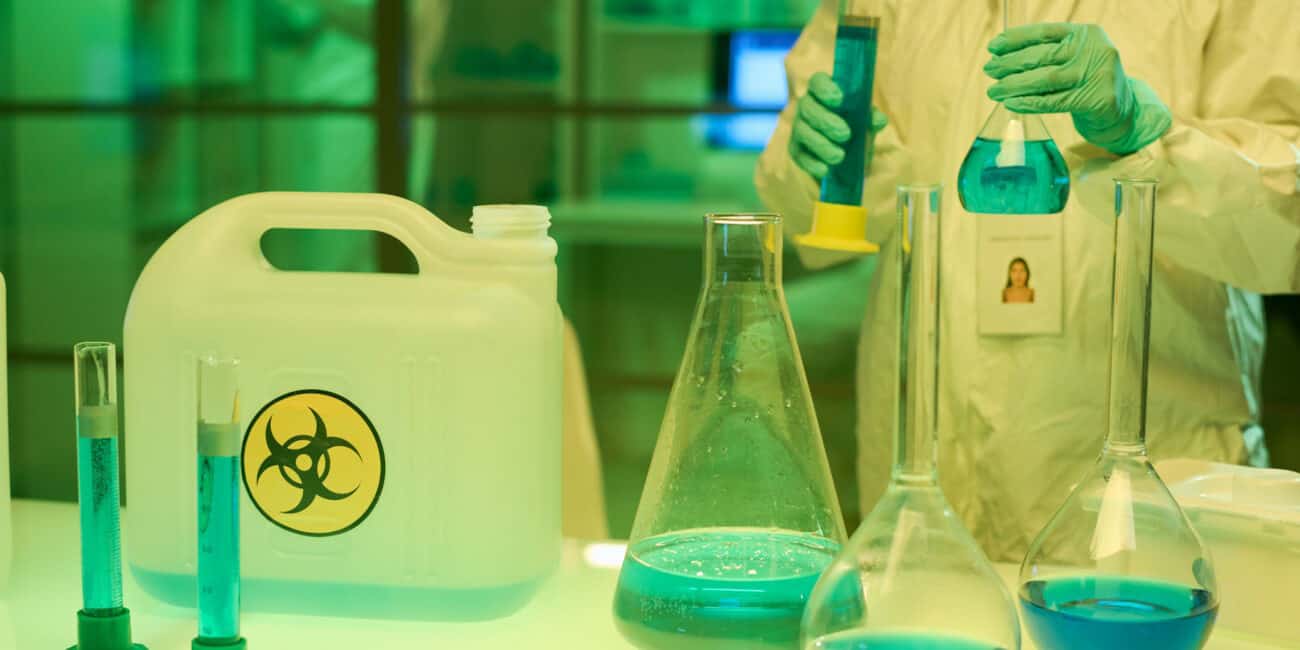The Digital Product Passport
Transparency, sustainability, circular economy: These catchwords are found more and more frequently in new EU regulations. One of the most significant changes that will affect manufacturers, distributors and Amazon sellers alike is the planned Digital Product Passport (DPP).
It is going to become mandatory for many physical products, and it will make all relevant information about the product available in digital form: from the source of materials to repairability and information about recycling.
The objective of the DPP is to promote sustainable consumption and more environmentally friendly products, and to push illegal or non-compliant products out of the market. This will make it easier for consumers to make an informed decision to buy. For sellers and manufacturers, it means: more documentation, new processes and great opportunities for transparent brand management.
Legal framework and schedule
The Digital Product Passport is a key element of the planned EU Ecodesign Regulation for Sustainable Products (ESPR), which replaces the previous Ecodesign Directive. The new Regulation is part of the EU Green Deal, intended to reduce the environmental impact of products throughout their entire lifespan.
The Regulation is currently (as of July 2025) expected to come into force in 2026. The introduction of the Digital Product Passport will not become mandatory for all products simultaneously, but step by step, depending on the respective product group and industry.
The technical details (e.g., data formats, interfaces, accessibility) will be stipulated in so-called delegated acts that will be published for each product group, one at a time.
Which products are affected?
The Digital Product Passport will not be introduced for all products simultaneously, but initially only for specific product categories. Highly resource-intense products that are difficult to recycle are given top priority.
According to the current schedule, the following product groups will be first:
- Batteries (mandatory, for industrial and vehicle batteries in particular, already from 2026)
- Textiles (such as clothing, shoes, home textiles, probably from 2027)
- Electrical equipment (e.g., household appliances, consumer electronics)
- Furniture (wood, plastics or mixed materials)
- Building materials and construction products

In the long run, the DPP is planned to cover almost all physically tangible products on the Single Market, i.e., toys, tools, machinery or sports equipment, too. The only exceptions are food, pharmaceutical products and animal feed.
Which information has to be provided?
Generally speaking, the Digital Product Passport is a digital twin of the physical product. It contains structured, standardized information that can be retrieved by digital means (e.g., QR code, NFC chip, web link) upon request – differentiating between the target groups: consumers, authorities, sellers, disposal companies, etc.
Information that must mandatorily be provided is expected to include:
- Clear product identification (e.g., model, serial number, brand)
- Name and contact details of the manufacturer or importer
- Material and raw material composition (including critical substances)
- Information on carbon footprint, energy efficiency, lifespan
- Information on repairability (e.g., spare parts, instructions)
- Information about reuse, disposal, recoverability
- Compliance with environmental and safety requirements (e.g., electrical safety, REACH, RoHS)
- Information on certification, labels, country of origin
This information must not only be made available, but also up-to-date, machine readable and interoperable, i.e., easy to integrate into existing systems.
Opportunities and challenges for Amazon sellers
For sellers, in particular on e-commerce platforms such as Amazon, the Digital Product Passport brings both new obligations and strategic opportunities.
Opportunities:
- Transparency as a competitive edge – platforms and customers favor providers that provide good information.
- Building trust through open product information
- Facilitation of traceability and recalls
- Basis for effective communication and ESG reporting
- Long-term market position in the EU through compliance with new obligations
Challenges:
- More administrative work and documentation
- Need for digital interfaces and IT systems
- Dependence on data from third-party suppliers
- Liability risks in case of false or missing information
- Initial uncertainty due to lack of standards
Small businesses in particular should quickly start to examine whether their products will be affected, and how they may be able to systematically gather the relevant data already today.
Advice on preparation and implementation
In order for the implementation to be successful, we advise you to:
- Check your products: Does your product group fall into one of the categories concerned?
- Analyze your data files: Which information do you already possess? Which is missing?
- Involve your suppliers: Start requesting the necessary product data early on.
- Prepare your IT infrastructure: Keep track of future interfaces, databases and compatibility.
- Mind the schedule: Plan for in-house resources; it is a process, not a quick project.
- Stay up to date on the legal provisions: Observe delegated acts and industry specifications.
- Consult experts: Get assistance early on, in particular in regard to data structuring.
Conclusion: Major changes, but major opportunities as well
The Digital Product Passport is going to become reality for many sellers, importers and manufacturers, whether they want it or not. If you start preparing early on, you will not only be safe legally, but also benefit from new markets, better customer loyalty, and digital maturity.
The EU wants to know what is in your products, and so do your customers. The Digital Product Passport will affect you – it is not a question of if, but when.
Who wrote this article?
As an author, Christina fills the blog section of our website with exciting and informative articles, so that our readers can always take care of product compliance in their company in the most well-informed way.




